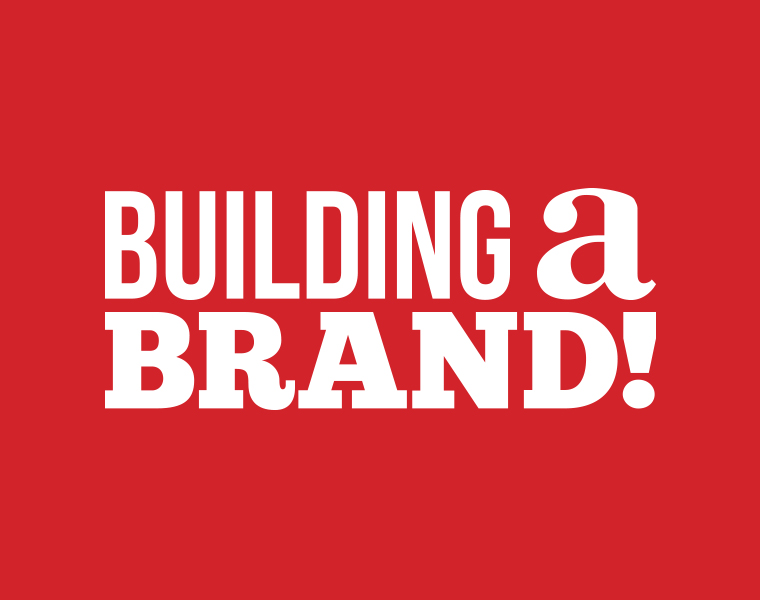“We can change the logo later when we have more money.” Does this sound familiar?
Business owners wear many hats when starting out. With tight budgets and little time, they will often seek the DIY route to get things checked off their seemingly endless to-do list. Many don’t fully understand the crucial importance and value of building a solid brand for themselves.
Failing to invest thought into your brand, “image,” or concept works to send out a negative message, one that does not necessarily mesh with your work ethic and passion. Small business branding is not a luxury. It is a necessity. Branding later is not an option.
Simply put, your brand is what sticks in your customer’s mind when they think of your business. It is absolutely essential for effective marketing, communications, and ultimately impacts every aspect of your business. Customer relations in our society have become extremely sophisticated, and the public expect a certain level of poise from the companies they chose to support and align themselves with. Producing a cohesive and professional brand image works to communicate a consistent “essence,” and thus, presents cultivates credibility for your business.
A large budget is not necessary for your small business to benefit from the creation of consistent branding. Your brand experience begins with your very first interaction with a customer or client. Is it a business card, an online ad, a phone message, a storefront, a fleet vehicle, or social media post? Are you putting out your best first impression? Are you consistently sending your message across all touch points? Does your brand properly represent your business? For example, business cards can be printed very cheaply these days, but does a low quality generic card make the right first impression?
So how does a solid brand come to life?
You will need some help from a professional. This could be a freelance graphic designer, a boutique design firm, or an advertising agency. The aid you choose to employ should ask you various questions in an attempt to understand your business goals, concept, products, and target market. Those who have a great deal of experience generally dominate the business of brand creation. Go with your gut. If you feel that the professional you choose to help you does not understand the vision you have for your company, move on.
Define the business.
Investing in branding should be a priority and considered an important part of every small business. It shouldn’t be an item left last on the list either. “Oh, we better get a logo for the front door!” It should be thought through just like any other major part of starting a business. Define the business model, the target audience, and the concept you would like your business to embody. What kind of customer experience should be had? Once the business has been defined, creating strategic targeted branding is fairly straightforward.
It’s more then a logo!
Get a great logo; simple, succinct, and effective. The more complicated the logo is, the less power it has. For example, with regard to social media, a simple logo is better represented across all platforms. However, creating an identity needs requires an attention to much more than just a single image to encompass your company. The logo is the keystone in your brand identity and the starting point for all communications to be developed. If you are serious about your business, don’t be tempted to use the various crowdsourcing options out there. Yes, the price is good for a start-up budget (sometimes too good), but these services don’t normally take into consideration the big picture of your brand. Sometimes, you really do get what you pay for.
Design the brand.
Designing the brand using the collected information as a guideline helps make this process fun. A good designer will take into consideration all the platforms that the business will utilize and provide connected and strategic solutions for all of them.
Once the perfect logo and brand has been designed, its time to integrate it into every aspect of your business. Your business stationery, social media presence, signage, website, marketing materials, email signatures, etc. When starting out, do what your budget allows, but the key is consistency. Anything created to represent your brand ought to work together to present on cohesive image.
Be true to your brand.
If you claim to be the best deal, offer the best service, the best product, make sure it’s true. Investing in professional branding has great ROI when done well. Customer and brand loyalty ultimately drives sales. That’s worth the investment.
Written By Jason Recker R.G.D



